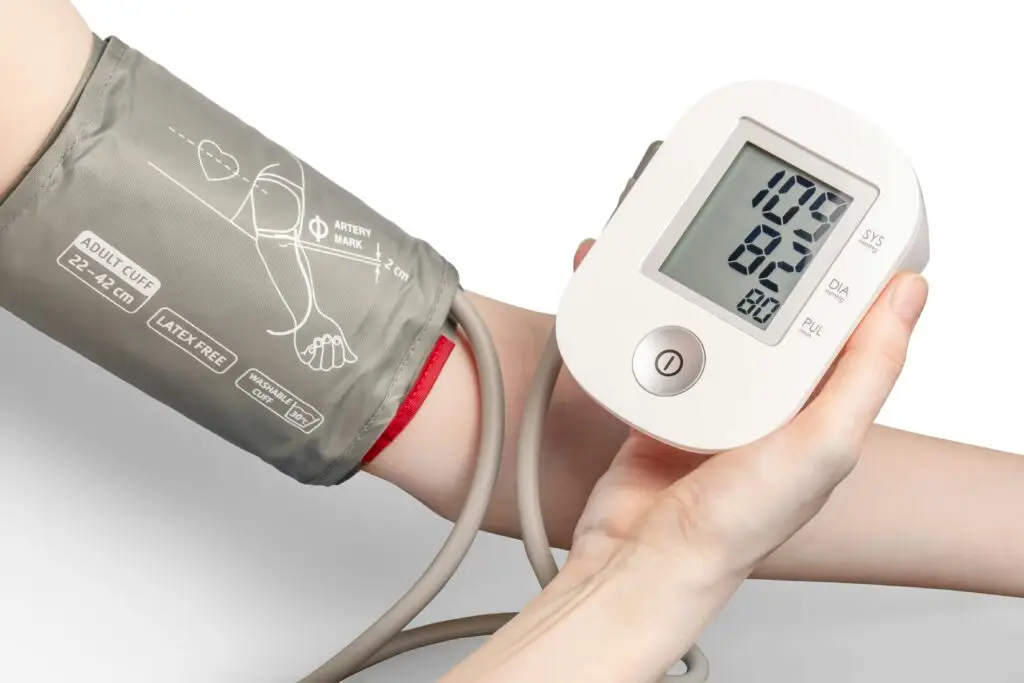
Ever grabbed a handful of nuts or poured a bowl of granola, only to find out later you’ve consumed double the serving size listed on the package? Or thought a small energy drink was one serving, when the fine print revealed it was meant for two? If navigating serving sizes on food labels feels like a puzzle, you’re not alone. In this post, we’ll unravel the mystery behind these numbers, giving you the tools to make smarter, healthier choices without the guesswork.
Introduction to Serving Sizes in Food Labeling
If you’ve read our earlier blogs on decoding nutrition facts and health claims, you’re already equipped with valuable insights. Now, we’re tackling a critical yet often confusing piece of the puzzle: serving sizes and portion information. These details, regulated by the FDA(Food and Drug Administration), are the foundation of understanding a food’s nutritional impact. Misjudge them, and you might unknowingly consume excess calories, sugars, or sodium. Whether you’re aiming to manage your weight, control blood sugar, or simply eat more mindfully, mastering serving sizes empowers you to align your diet with your wellness goals.
What Are Serving Sizes?
Serving sizes are standardized amounts of food typically consumed in one sitting, designed to anchor the Nutrition Facts panel. They’re not a directive on how much you should eat but a reference point. For example, a serving of yogurt might be ¾ cup (170g), while a serving of pretzels could be 10 pieces (28g). Labels list these in familiar units like cups or ounces, paired with metric measures for precision.
The FDA sets these using the Reference Amount Customarily Consumed (RACC), based on national consumption data. This ensures consistency across products, though serving sizes may feel smaller than what you’re used to, making it essential to pay attention.
Why Serving Sizes Are Key to Healthy Eating
Serving sizes are a bedrock of effective food labeling. They determine the nutritional values like calories, fats, and carbs listed on the label. Eating beyond one serving means multiplying those numbers, which can lead to unintended overconsumption.
They also enable fair comparisons between products. For instance, comparing two brands of chocolate bars is easier when their serving sizes align. Plus, they’re vital for portion control, helping you manage intake of calorie-dense snacks like cookies or chips.
Imagine a juice bottle listing a 250ml serving with 30g of sugar. If the bottle holds 500ml, drinking it all doubles the sugar to 60g thereby exceeding daily recommendations. Understanding this prevents dietary missteps.
How Serving Sizes Are Established
The FDA (Food and Drug Administration) bases serving sizes on RACC data, derived from surveys tracking typical consumption. For example, breakfast cereal often has a 30-40g serving, while ice cream is around ⅔ cup. These reflect average eating habits, not ideal portions.
Labels present servings in accessible terms (e.g., slices, cups) alongside grams or milliliters, ensuring clarity and enabling precise comparisons across brands, like choosing between two types of crackers.
Single-Serving vs. Multi-Serving Containers
In food labeling, packaging type matters. Single-serving items, like a single granola bar or yogurt cup, show nutrition for the entire item. Multi-serving packages, like a box of crackers or a bag of frozen fries, list nutrients per serving and note total servings per container (e.g., “about 10 servings”).
Some packages deceive, small bottles or snack packs may contain multiple servings. Always check the “servings per container” to avoid consuming double the calories or sodium you expected.
Dual-Column Labeling: A Helpful Tool
Dual-column labeling, introduced in recent FDA updates, displays nutrition for both a single serving and the entire package. This is ideal for items often consumed in one sitting, like a small bag of popcorn or a pint of ice cream.
For example, a soda can might show nutrients for a 355ml serving and the full 710ml can, clarifying the impact of finishing it. This transparency simplifies mindful eating by eliminating portion math.
Serving Size vs. Portion Size: What’s the Difference?
Serving size is the standardized measure on labels, rooted in typical consumption. Portion size is what you actually eat, which may differ. For instance, a pasta box might list 2 ounces (1 cup cooked) as a serving, but if you eat 2 cups, your portion is two servings, doubling the nutrients.
This distinction is critical for goals like weight loss or diabetes management, where tracking exact intake ensures better control.
Visual Tricks for Estimating Serving Sizes
Food labels use practical units, but visualizing them helps. Picture these: 1 cup of oats is roughly a baseball, ½ cup of cooked quinoa is like a lightbulb, 3 ounces of chicken is a deck of cards, 1 ounce of nuts is a small handful, and 2 tablespoons of hummus is a golf ball.
These mental shortcuts make portion control intuitive, especially without measuring tools, like at a buffet or family gathering.
The Problem of Portion Distortion
Portion sizes have ballooned over decades, a trend called portion distortion. A muffin once averaged 200 calories; now, it’s often 400+. Restaurant plates and drink sizes have similarly expanded, normalizing overeating.
Awareness of food labeling counters this. Opt for smaller servings, like a kid-sized soda, or split oversized dishes to align with labeled serving sizes.
Everyday Tips for Portion Control
Master serving sizes with these practical habits:
- Always check “servings per container” before eating.
- Use measuring tools at home to train your eye for correct servings.
- Compare serving-adjusted nutrition when choosing between products.
- Pre-portion snacks into small containers to avoid eating straight from large bags.
- At restaurants, box half your meal upfront or share with a friend to manage oversized portions.
For example, portion out 1 ounce of trail mix into a bowl rather than snacking from the bag.
Handling Special Cases: Large Units and Mixed Dishes
Some foods complicate food labeling. Large items like cakes or pizzas define servings as fractions (e.g., 1/10 of a cake). Prepared mixes, like pancake batter, show nutrition for both dry and prepared forms. Mixed dishes, like a salad kit with dressing, combine nutrient info for all components.
This clarity aids meal planning, ensuring you know the impact of a single slice or serving.
Aligning Serving Sizes with Health Goals
Serving sizes support diverse health objectives: calorie control for weight management, carb monitoring for diabetes, or sodium limits for heart health. For instance, knowing a bread serving has 15g of carbs helps plan a balanced lunch for blood sugar control.
This empowers tailored eating that aligns with your unique needs.
Real-World Examples of Serving Size Scenarios
Consider these: A cereal box lists ¾ cup as a 150-calorie serving, but your bowl holds 1.5 cups of 300 calories. A snack bar with 2 servings at 200 calories each totals 400 if you eat the whole thing. A smoothie bottle with 2 servings, each 25g of sugar, means 50g if you finish it near the daily limit.
Checking food labels keeps you informed, whether snacking at home or on the go.
Expert Advice from Dr. Zara
As a medical doctor, I see firsthand how small choices, like understanding serving sizes in food labeling, can profoundly impact health. While I’m not a nutritionist, my experience underscores how misjudging portions contributes to conditions like obesity, diabetes, or heart disease. My advice? Make label-checking a habit to align your intake with your body’s needs, and consult specialists for personalized plans if you have specific health concerns. For guidance or to discuss how diet affects your wellness, reach out to me at drzaramulla@gmail.com, I’m here to support your journey to vibrant health.
Take Control with Food Labeling
This exploration of serving sizes is essential in understanding food labeling, equipping you to navigate nutrition facts, health claims, and now portions with confidence. These skills empower you to shop wisely, eat intentionally, and build sustainable habits.
Important Links
- drzaramulla blog for additional health resources.
- https://pmc.ncbi.nlm.nih.gov/articles/PMC6073381/
- https://www.heart.org/en/healthy-living/healthy-eating/eat-smart/nutrition-basics/understanding-food-nutrition-labels
- https://www.canada.ca/en/health-canada/services/food-nutrition/nutrition-labelling/nutrition-facts-tables.html
- https://www.eatright.org/health/wellness/nutrition-panels-and-food-labels/serving-size-vs-portion-size-is-there-a-difference

